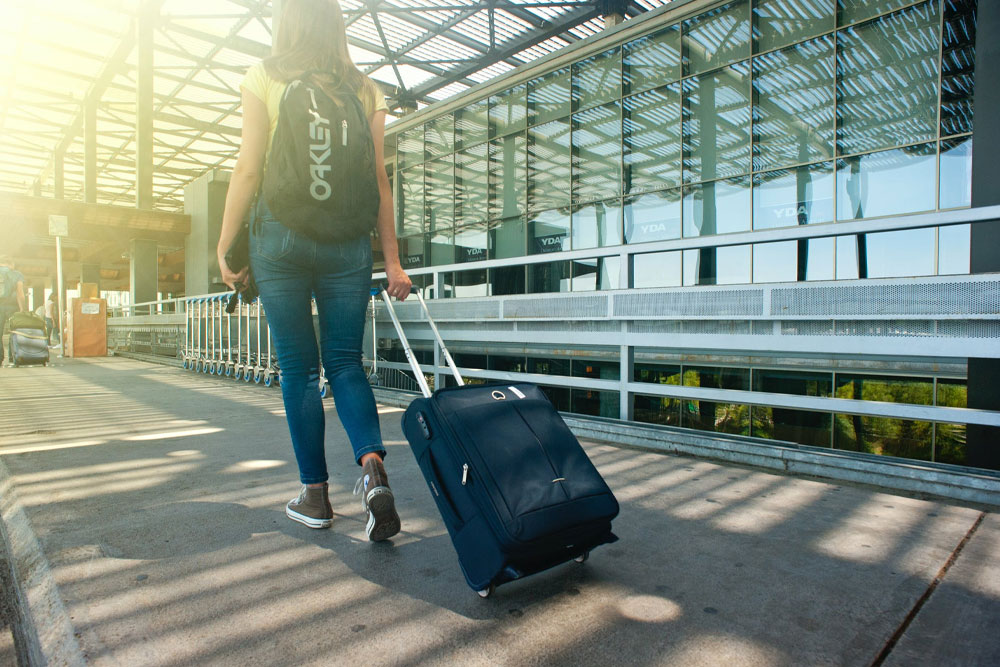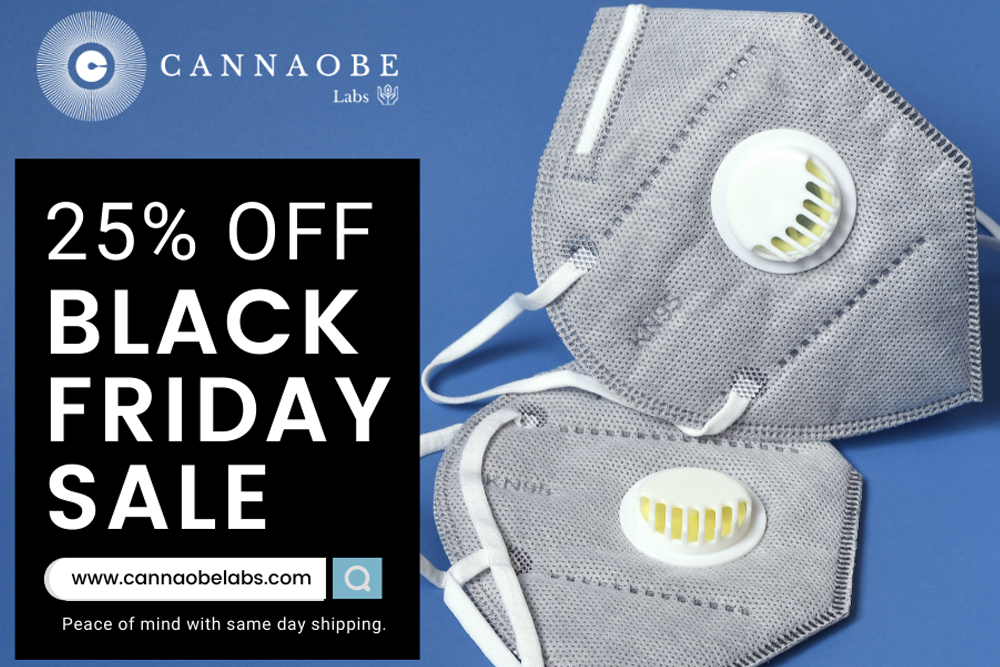TIPS FOR TRAVELING SAFELY DURING THE PANDEMIC
This year has proven to be a difficult time to travel. Between restrictions on international travel and fears of carrying or contracting COVID-19 across state lines, we have each found ourselves in the position of having to circumvent traditional travel options. This holiday season it is crucial to remain vigilant and conscious of the risks imposed by traveling.Travel increases your chance of getting and spreading COVID-19. Staying home is the best way to protect yourself and others from COVID-19.
Don’t travel with someone who is sick.
You can get COVID-19 during your travels. You may feel well and not have any symptoms, but you can still spread COVID-19 to others. There is also the possibility that you and your travel companions, including your children may spread COVID-19 to other people in your family, friends, and community. The best way to avoid carrying the virus and spreading it to your loved ones is to not travel if you are sick or if you have been around someone with COVID-19 in the past 14 days. It is also vital to play close attention to those around you. Don’t travel with someone who is sick.
One of the most important items you can bring to any gathering is a facemask. The science is clear, wearing a mask keeps you and those around you safe. THe CDC strongly recommends everyone wear a mask on public transportation.
This recommendation is extended to every individual on board; Including passengers and workers on airplanes, trains, ships, ferries, subways, taxis, and ride shares, and especially at transportation hubs such as airport terminals and stations.

BEFORE YOU LEAVE
Before you travel, consider the following:
Is COVID-19 spreading at your destination?
The more cases at your destination, the more likely you are to get infected during travel and spread the virus to others when you return.
Check Each State’s Cases in the Last 7 Days
Do you live with someone who might be at increased risk for severe illness from COVID-19?
If you get infected while traveling, you can spread the virus to loved ones when you return, even if you don’t have symptoms.
Are you at increased risk for severe illness from COVID-19?
Anyone can get very ill from the virus that causes COVID-19, but older adults and people of any age with certain underlying medical conditions are at increased risk for severe illness from COVID-19.
Does your destination have requirements or restrictions for travelers?
Some state, local, and territorial governments have requirements, such as requiring people to wear masks and requiring those who recently traveled to stay home for up to 14 days. Check state, territorial, tribal and local public health websites for information before you travel. If you are traveling internationally, check the destination’s Office of Foreign Affairs or Ministry of Health or the US Department of State, Bureau of Consular Affairs, Country Information page for details about entry requirements and restrictions for arriving travelers, such as mandatory testing or quarantine.
IF YOU DO DECIDE TO TRAVEL
• During your trip, take necessary precautions to protect yourself and others from COVID-19:
• Wear a mask to keep your nose and mouth covered when in public settings, including on public transportation and in transportation hubs such as airports and stations.
• Maintain social distancing, Avoid close contact by staying at least 6 feet apart (about 2 arms’ length) from anyone who is not from your household.
• Wash your hands often or use hand sanitizer (with at least 60% alcohol).
• Avoid contact with anyone who is sick.
• Avoid touching your eyes, nose, and mouth.
• Learn where the nearest healthcare clinics are located in case of emergencies.
 .
.
DIFFERENT TYPES OF TRAVEL TO CONSIDER
AIR TRAVEL
Air travel requires spending time in security lines and airport terminals, which can bring you in close contact with other people and frequently touched surfaces. Most viruses and other germs do not spread easily on flights because of how air circulates and is filtered on airplanes. However, social distancing is difficult on crowded flights, and sitting within 6 feet of others, sometimes for hours, may increase your risk of getting COVID-19. Also consider how you get to and from the airport, as public transportation and ridesharing can increase your chances of being exposed to the virus.
BUS OR TRAIN TRAVEL
Traveling on buses and trains for any length of time can involve sitting or standing within 6 feet of others, which may increase your risk of getting COVID-19. If you choose to travel by bus or train, learn what you can do to protect yourself on public transportation.
CAR TRAVEL
Making stops along the way for gas, food, or bathroom breaks can put you and your traveling companions in close contact with other people and frequently-touched surfaces.
RV TRAVEL
You may have to stop less often for food or bathroom breaks, but RV travel usually means staying at RV parks overnight and getting gas and supplies at other public places. These stops may put you and those with you in the RV in close contact with others.
TIPS TO AVOID GETTING AND SPREADING COVID-19 IN COMMON TRAVEL SITUATIONS
IN PUBLIC
Wear a mask in public settings, including on public transportation and in transportation hubs such as airports and stations.
Stay at least 6 feet (about 2 arms’ length) from anyone who is not from your household.
BATHROOMS AND REST STOPS
Wash your hands with soap and water for at least 20 seconds after using the bathroom and after you have been in a public place.
If soap and water are not available, use a hand sanitizer that contains at least 60% alcohol. Cover all surfaces of your hands and rub them together until they feel dry.
GETTING GAS
Use disinfecting wipes on handles and buttons at the gas pumps before you touch them (if available).
After fueling, use a hand sanitizer with at least 60% alcohol. When you get to your destination, wash your hands with soap and water for at least 20 seconds.
HOTELS AND ACCOMODATIONS
Call in advance and ensure the hotel is operating safely and responsibly.
Avoid using items that you would usually share in such settings; water fountains, continental breakfast buffets, etc.
FOOD STOPS
The safest option is to bring your own food. If you don’t bring your own food, use drive-through, delivery, take-out, and curb-side pick-up options.
AFTER YOU TRAVEL
You may have been exposed to COVID-19 on your travels. You may feel well and not have any symptoms, but you can be contagious without symptoms and spread the virus to others. You and your travel companions (including children) pose a risk to your family, friends, and community for 14 days after you were exposed to the virus.
Regardless of where you traveled or what you did during your trip, take these everyday actions to protect others from getting COVID-19:
• When you are around others, stay at least 6 feet (about 2 arm lengths) from anyone who did not travel with you, particularly in crowded areas. It’s important to do this everywhere — both indoors and outdoors.
Wear a mask to keep your nose and mouth covered when you are in shared spaces outside of your home, including when using public transportation.
• If there are people in the household who did not travel with you, wear a mask and ask everyone in the household to wear masks in shared spaces inside your home for 14 days after travel.
• Wash your hands often or use hand sanitizer with at least 60% alcohol.
• Watch your health: Look for symptoms of COVID-19, and take your temperature if you feel sick.
• Always follow state and local recommendations or requirements related to travel.
HIGHER RISK ACTIVITIES
Some types of travel and activities can put you at higher risk for exposure to COVID-19 (see list below).If you participated in higher risk activities or think that you may have been exposed before or during your trip, take extra precautions (in addition the ones listed above) to protect others for 14 days after you arrive:
• Stay home as much as possible.
• Avoid being around people at increased risk for severe illness from COVID-19.
• Consider getting tested for COVID-19.
The following are some activities that put you at higher risk for COVID-19:
• Going to a large social gathering like a wedding, funeral, or party.
• Attending a mass gathering like a sporting event, concert, or parade.
• Being in crowds like in restaurants, bars, fitness centers, or movie theaters.
• Taking public transportation like trains or buses or being in transportation hubs like airports.
• Traveling on a cruise ship or river boat.
• Refraining from wearing facial coverings in public places.
• Neglecting to wash your hands often.



